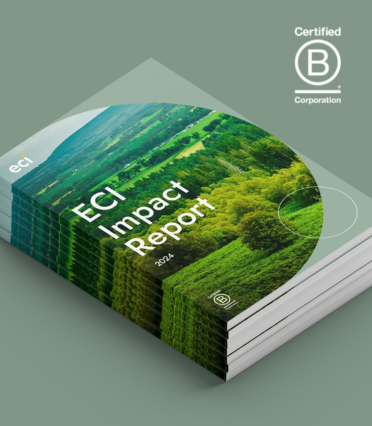As part of our ECI Unlocked programme connecting business leaders across the ECI portfolio, we recently hosted our annual Sales and Marketing Forum looking at how to improve performance in key areas. We welcomed Pete Bunn and Les Roberts from Bionic, the UK’s leading business price comparison service, to discuss how they’ve delivered a world-class SEO strategy during our investment period and their top tips for digital marketing teams looking to improve the performance of their SEO campaigns.
1. Don’t be afraid to first cut content back
When ECI first invested in 2017, Bionic was called Make it Cheaper, but it rebranded to represent how its in-house experts are enhanced by technology to provide the best offering to customers.
From a content perspective, a rebrand is always tricky. But the Bionic team saw this as an opportunity to focus, cutting the site from 2,000 pages to just 60. They believed it was better to focus on the high-value pages and boost overall site authority, rather than spreading too thin over pages that simply weren’t making a significant difference. This also allowed them to focus on delivering excellent technical health, created better volumes for a/b testing and allowed them to drill down into fewer variables to research the impact on customer conversion.
Even though the site has expanded considerably since that rebrand, the business still tries to keep pages focused. Rather than create a new piece of content each time something happens externally, such as the changing guidance during the pandemic, they simply updated the existing guidance with jump links. More volume is not always more value – instead it’s important to focus on making the pages that you do have more useful to the customer.
2. Amplify your SEO with a digital PR strategy
Links are still the lifeblood of SEO, so your PR strategy and your SEO strategy should be fully aligned. Focus on creating shareable content that provides a hook, and make sure you’re measuring quality backlinks as part of your KPIs to track this.
This often means looking at pop culture trends or looking for a regional link that may not seem obvious. Firms can seem wary of leaning into pop culture, but as long as it exists within the same brand universe and it sends traffic to your site, it is truly valuable. For example, given Bionic’s focus on providing better service for SMEs, they created a map of where there were the most Karens in the UK, linking to the meme around people who are most likely to complain to businesses.
3. Draw visitors in at the top of the funnel
It’s important to create good mid and lower-funnel content. For example, Bionic have guides for people looking to switch their energy and common questions around business insurance, to help drive those high-value conversions.
However, they also transitioned strategy to start thinking about upper funnel content. In Bionic’s case, this was looking at what other possible problems SME business owners might be considering. They looked to create a hub with answers that suited those needs. It may not lead to immediate conversion, but it supports your strategy and improves SEO performance, by creating a pool of useful content for business owners, good higher authority pages, more linking and more domain authority that leads ultimately to your service or product.
4. Make sure your tech is delivering content fast
If you have the best content in the world but a poorly running site, you won’t be seeing the SEO performance you want. You need to ensure that site speed is top-notch, that content is accessible and readable, and that you aren’t cannibalising your own pages.
This also means staying on top of algorithm changes. You can’t predict how Google may change its measurement or game the system, but if your team understands where key terms are rising or falling you will be able to see what might be driving those changes.
5. Track and measure where you’re winning
If you’re thinking about how to improve SEO performance, no doubt you’re already tracking organic web leads as a key metric. However, it’s also important to track your head term position for high-intent searches. Similarly, track backlinks and referring domains so you can understand if your domain knowledge is getting recognised. It’s also important to accurately segment your content in reporting, so you can understand the purpose of it, and therefore can track whether it’s hitting your objectives.
Forecasting conversions tends to be more difficult in SEO. However, Bionic use two forecasts, a realistic version and a stretch version. They then revisit these every four months as conditions in the search landscape, such as algorithms and competitors, change.
If you’d like to find out more about how ECI helps its portfolio companies to improve SEO performance please contact Lewis.





